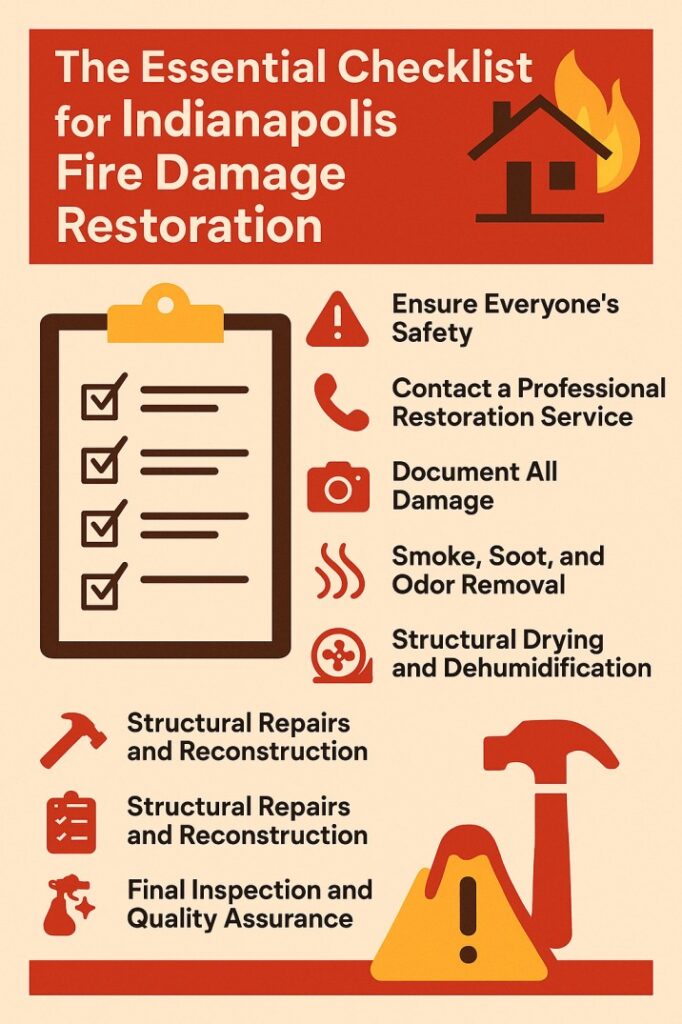In our fast-paced digital age, stress, anxiety, and burnout are no longer rare occurrences—they are daily realities. As people search for natural, sustainable solutions to improve mental and physical health, Vedic meditation is rapidly gaining popularity. Rooted in ancient Indian traditions and backed by modern science, this technique offers a holistic approach to wellness. But what exactly is Vedic meditation? How does it work? What are its health benefits? And how do you begin? This comprehensive guide answers these questions and more, helping you understand why Vedic meditation could be the ultimate key to a healthier, more balanced life.
What is Vedic Meditation?
Vedic meditation is a form of mantra-based meditation derived from the ancient Vedas—India’s oldest spiritual texts. Unlike mindfulness or focused attention techniques, Vedic meditation uses a specific, personalized sound (or mantra) that is silently repeated to naturally bring the mind into a restful, transcendent state.
This effortless technique typically involves two 20-minute sessions per day, during which practitioners sit comfortably with eyes closed and silently repeat their mantra. There is no concentration or control of thoughts involved, making it highly accessible even for beginners.
The Science Behind Vedic Meditation
Modern research increasingly supports the physiological and psychological benefits of Vedic meditation. When practiced consistently, it reduces the production of stress hormones like cortisol, enhances brain coherence, and improves overall well-being.
Studies show that Vedic meditation activates the parasympathetic nervous system—the body’s natural relaxation response—resulting in:
-
Lower blood pressure
-
Slower heart rate
-
Enhanced brain function
-
Improved emotional stability
This ancient practice literally rewires your brain and body to function in a more harmonious, healthy way.
Health Benefits of Vedic Meditation
Practicing Vedic meditation regularly can result in a wide array of physical and mental health benefits. These include:
1. Stress Reduction
Stress is at the root of many chronic illnesses. Vedic meditation helps neutralize stress at its core by allowing the nervous system to deeply rest and recover.
2. Improved Sleep
Many practitioners report falling asleep more quickly and experiencing deeper, more restorative rest.
3. Enhanced Mental Clarity and Focus
The calming effect of the mantra quiets mental chatter, allowing for better focus and enhanced decision-making.
4. Boosted Immune System
By lowering stress and improving sleep, Vedic meditation indirectly strengthens your immune defenses.
5. Reduction in Anxiety and Depression
This form of meditation helps stabilize mood-regulating chemicals in the brain, reducing symptoms of anxiety and depression over time.
6. Improved Cardiovascular Health
Lower blood pressure and heart rate translate into a healthier heart and reduced risk of cardiovascular disease.
How Vedic Meditation Differs from Other Techniques
Unlike mindfulness or breathing exercises, which often require mental effort, Vedic meditation is completely effortless. There’s no need to focus, observe thoughts, or breathe in a specific pattern. Instead, the technique leverages the mind’s natural tendency to settle into silence.
Additionally, Vedic meditation doesn’t require any special apps or timers. Once you’ve been taught the technique—usually by a certified instructor—you can practice independently for life.
Starting Your Vedic Meditation Practice
Starting Vedic meditation is simple, but it’s essential to learn it correctly for best results. Here’s how to begin:
1. Find a Qualified Teacher
Because the mantras used in Vedic meditation are personalized, it’s important to receive one from a trained instructor. Many teachers offer multi-day courses that include lifetime support.
2. Create a Consistent Schedule
Practice for 20 minutes twice daily, ideally once in the morning and once in the afternoon. Consistency is key to experiencing the benefits.
3. Choose a Quiet Environment
Although you can meditate anywhere, a calm, distraction-free space enhances the experience.
4. Sit Comfortably
There’s no need for complicated poses. A straight-backed chair or cushion works perfectly.
Common Questions About Vedic Meditation
Is Vedic Meditation Religious?
No, it is a spiritual but non-religious practice. People from all backgrounds use it for health and wellness.
Do I Need to Empty My Mind?
Absolutely not. The beauty of Vedic meditation is that thoughts are welcome. The mantra naturally draws the mind inward, often reducing mental chatter effortlessly.
How Long Before I See Results?
Some experience benefits within days, while others take a few weeks. Long-term practice yields deeper, cumulative results.
Post-Meditation Care and Lifestyle Integration
Vedic meditation is designed to integrate seamlessly into daily life. There’s no need to change your diet or routine drastically. However, to maximize benefits:
-
Stay hydrated: Meditation can increase detoxification.
-
Avoid overstimulation post-session: Allow yourself a few minutes of quiet to absorb the calm.
-
Be patient: Like any health practice, Vedic meditation requires consistency and time.
SEO-Optimized Summary: Why Vedic Meditation Is Worth It
In today’s high-stress world, Vedic meditation offers a proven, practical, and deeply healing way to restore balance and vitality. By reducing stress, enhancing focus, and improving sleep, this ancient technique serves as a gateway to better physical, mental, and emotional health.
Whether you’re a busy professional, a student, or someone navigating life transitions, integrating Vedic meditation into your daily routine can be life-changing.
Final Thoughts: Begin Your Journey Today
With thousands of years of wisdom and increasing modern validation, Vedic meditation is more than just a wellness trend—it’s a timeless method for unlocking your highest health potential. If you’re ready to feel calmer, clearer, and more energized, now is the perfect time to start your practice.
Take the first step by finding a qualified Vedic meditation teacher in your area, and begin your journey toward a more balanced, vibrant life.









